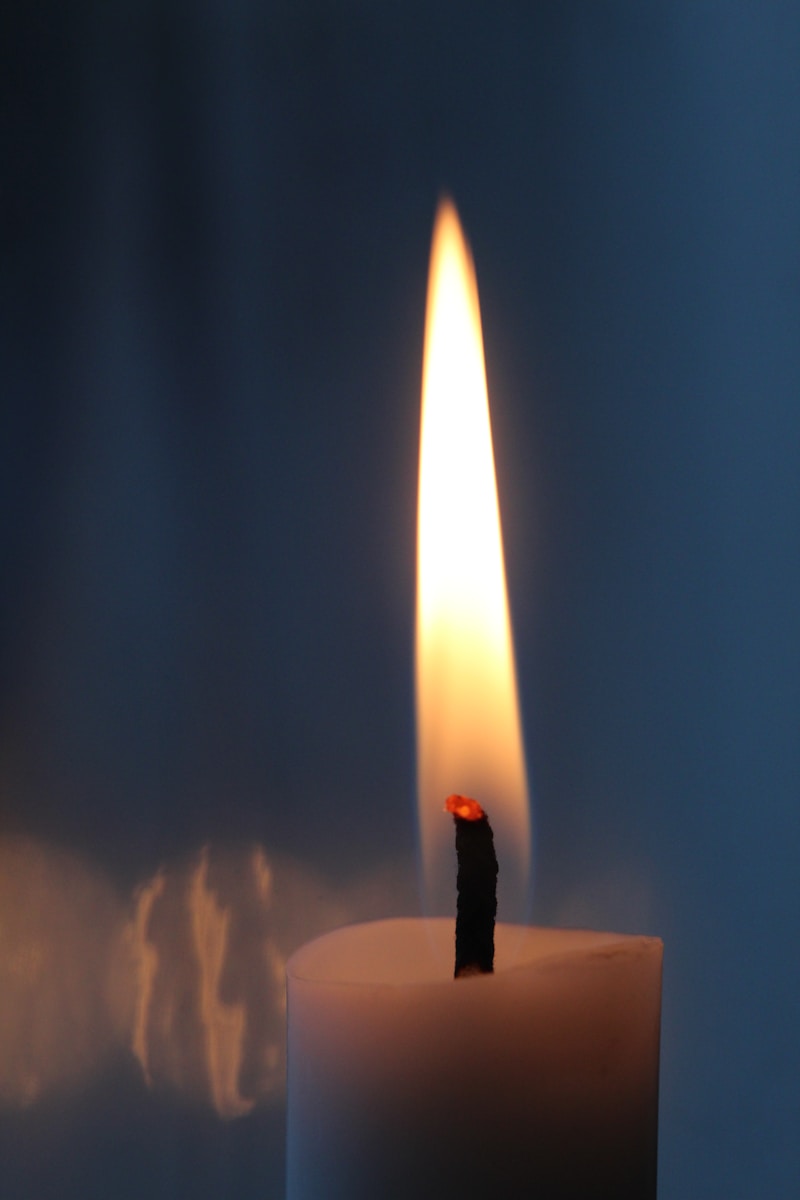Mastering Candle Wicks: Selecting the Right Size and Type for Advanced Candle Making
Choosing the correct wick is arguably the most crucial step in advanced candle making. A perfectly poured candle can be ruined by a wick that’s too small, leading to tunneling, or too large, causing excessive smoking and a fast burn. This guide will delve deeper into wick selection, focusing on advanced techniques and considerations.
Beyond the Basics: Understanding Wick Series and Sizes
While beginner guides introduce basic wick sizes, advanced candle making requires understanding wick series. Each series (e.g., CD, ECO, LX) from a wick supplier corresponds to a specific type of wax and has a different range of sizes. Don’t mix and match series!
- Wax Type: Soy wax, beeswax, paraffin, and blends all have different viscosities and require specific wick series. Always consult your wick supplier’s recommendations for your chosen wax.
- Fragrance Load: Higher fragrance loads require larger wicks to handle the added fuel. Experiment to find the sweet spot, as too much fragrance can hinder the wick’s performance.
- Container Size: The diameter of your container dictates the wick size. A larger container needs a larger wick to achieve a full melt pool.
Advanced Wick Considerations:
- Burn Time: Thicker wicks burn faster. If you desire a longer burn time, opt for a slightly smaller wick size within the appropriate series.
- Mushrooming: A well-behaved wick will form a slight mushroom at the end when burning. Excessive mushrooming indicates a wick that’s too large, while a flat or pointed flame suggests it’s too small.
- Heat Throw: The wick size significantly impacts a candle’s scent throw. A larger wick will generate a larger melt pool, releasing more fragrance.
- Double Wicking: For very large containers, consider using two or more wicks. This ensures an even melt pool and better fragrance distribution. Experiment with wick placement for optimal results.
Testing is Key: The Burn Test
Always perform burn tests! Pour a small batch of candles with your chosen wick and let them cure for the appropriate time. Observe the flame height, melt pool, smoke, and scent throw during a 4-hour burn. Adjust the wick size accordingly and repeat the test until you achieve the desired results.
Pro Tips:
- Keep a Wick Journal: Record the wick series, size, wax type, fragrance load, and container size for each successful burn test. This invaluable resource will save you time and effort in future projects.
- Don’t Be Afraid to Experiment: Candle making is an art as much as a science. Don’t hesitate to try different wick combinations and techniques to discover unique results.
Tags: Candle Making, DIY, Advanced Candle Making, Wick Selection, Burn Test, Candle Wicks, Soy Wax, Beeswax, Paraffin Wax, Candle Tips
